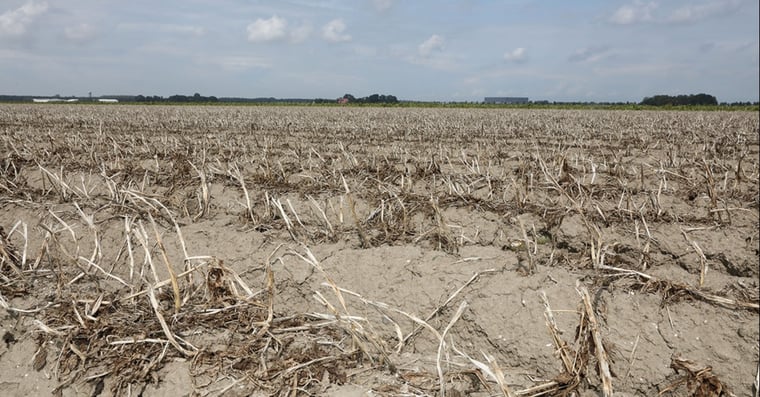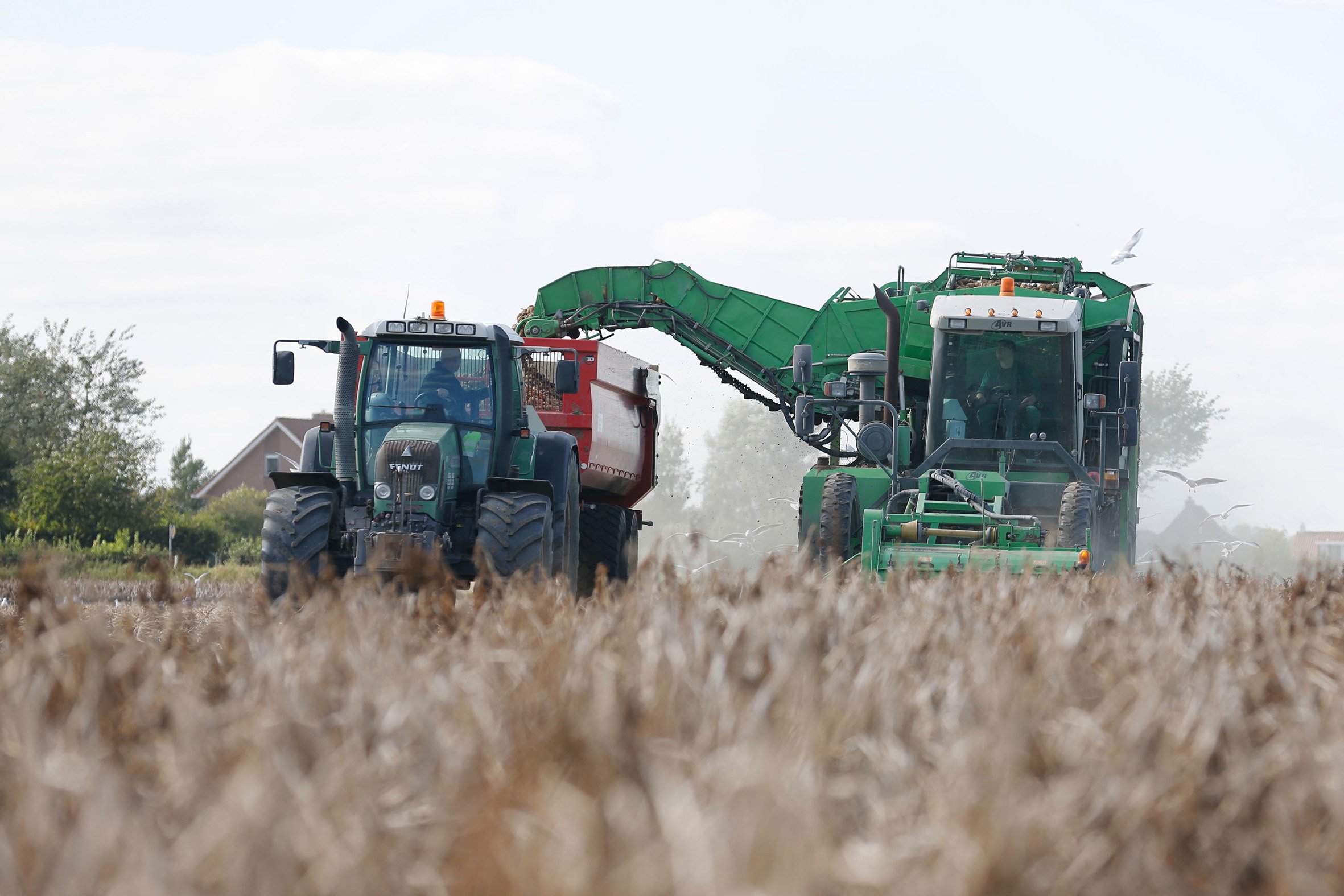
It is important to wait with harvesting until the potatoes are ready. Potatoes grow out in the field and are thus exposed to the vagaries of nature. Growers cultivate their crops on what are sometimes very different types of soil, in all kinds of areas with varying weather and climate conditions. Due to the enormous diversity of cultivation, growing and harvesting conditions, tubers of different sizes and quality are produced. In all their diversity, a large part of the worldwide potato harvests ends up in storehouses for shorter or longer periods of time.
How to make more profit with storage potatoes!
The greater the tuber variation, the greater the challenges during storage. It is, therefore, extremely important to pay attention to measures during cultivation that will ensure that, as far as possible, the potatoes stored are of the same size and in the same condition. The dry matter/starch content, the reducing sugar content, and the proper hardening off of the skin are the most important factors to watch during cultivation.
Harvest when the product is ripe
In most regions of the world, ware potatoes are harvested in the run-up to the autumn season. This is the period in which temperature and day length decrease and the chances of precipitation increase. For a variety of reasons, time pressure often plays a dominant role during the harvest season. This greatly increases the likelihood of factors having a negative impact on the harvested product. This time pressure often prompts growers to store potatoes that are too wet, too cold, damaged and/ or rotten. In some regions, frost and snow can even cause an abrupt end to the harvesting period, so starting on time is an absolute prerequisite here. It is important, however, to wait with harvesting until the potatoes are ready. This moment can be brought forward, among other things by means of (timely) haulm killing. Tubers are mature when the respiration has stabilized and the skin is sufficiently hardened off. This minimizes the risk of damage and black spot bruising. These types of damage diminish the quality for consumption and processing, requiring deeper peeling and the removal of any damaged product.
Be aware that a storehouse is not a hospital
The progress of a growing season strongly influences the storage quality of potato lots. It has an influence on both yield and skin quality, but also on the internal quality, such as the content of starch and reducing sugars in the tuber. The period of ripening, haulm killing and hardening off also impacts the internal and external quality and condition. In addition, the temperature during that period has an effect on the sugar content during storage. Low pre-harvest temperatures have an influence on the content of reducing sugars, and increase the chance of higher sugar levels in the tubers in storage, resulting in fried products such as French fries and crisps having a (too) dark frying colour. Additionally, a hot period in the growing season can break the dormancy. This shortens the duration of dormancy in the tuber and/or creates secondary tubers (abnormal formation of tubers). A prolonged wet period can also cause rotting tubers, which are then stored together with the healthy ones. Data from the field period is therefore of great importance in order to take the right decisions regarding storage strategy. This information determines the method and duration of drying, the speed at which you bring the tubers to the desired storage temperature, the most suitable final storage temperature and the storage time of a lot.

With the help of currently available techniques, any desired climate can be achieved in the storehouse. However, even advanced technology will always remain secondary to the possibilities and impossibilities of the product itself at the moment it arrives at the storehouse. A storehouse is not a hospital. A defective tuber cannot be cured with any storage regime. It is therefore very important to store only healthy potatoes.
Want to read more about making profit with storage potatoes? Download our free e-book now!


